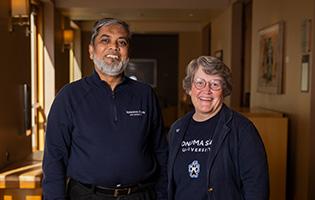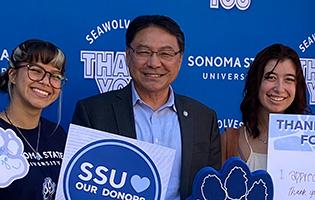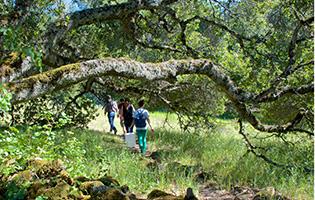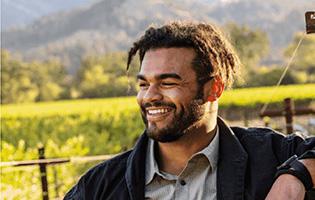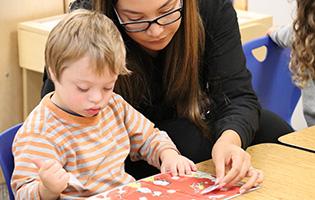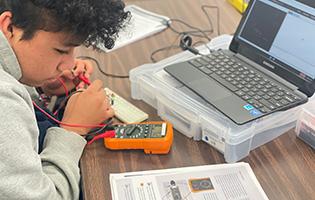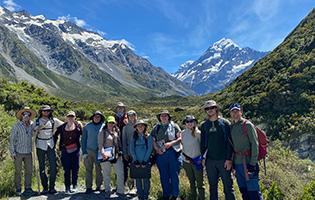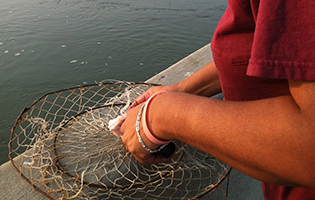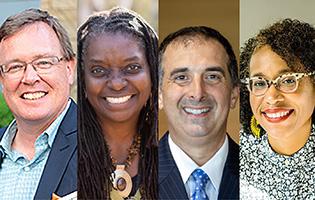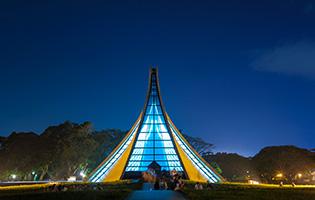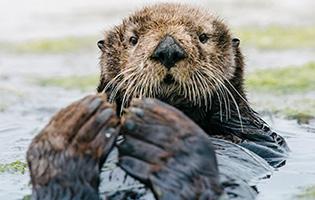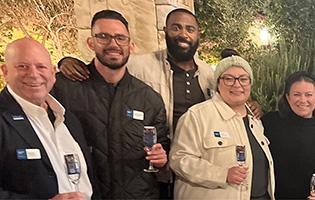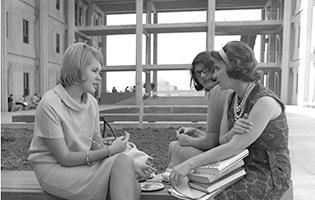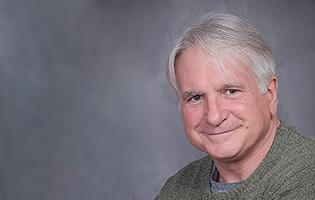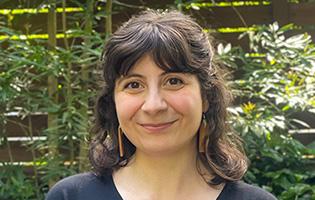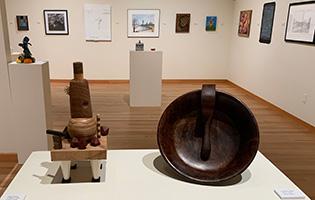Preserving and Renewing Tradition
Tribe’s gift expands preserve facility, sustaining partnerships with purpose
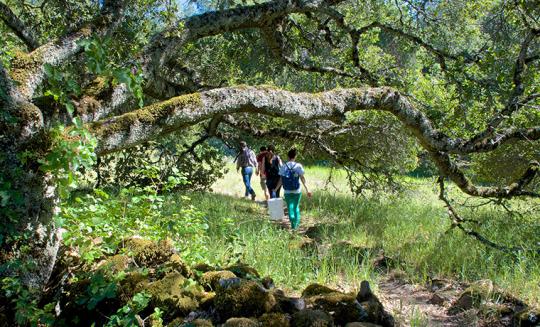
Stories teach us that we are all connected and equal on this mountain - the humans, the plants and trees, birds, animals.
– from “How a Mountain Was Made” by Greg Sarris, Chair of the Federated Indians of Graton Rancheria and Sonoma State Distinguished Chair Emeritus
Where once the people living on Sonoma Mountain felt intrinsically connected to the land and all forms of life there, many children today don’t recognize nature, even when they are in it.
“You would be surprised at how often we show students a snake or lizard and they say, ‘It looks so real,’ because they’ve only seen them on screens before,” Student Naturalist Tessa Thompson said. “But when they hold a lizard, taste an edible plant or see a baby deer, they form an emotional connection to the environment, we hope, a desire to protect it.”
Protecting the environment and restoring connections to it – locally and writ large – is central to what is happening today at Fairfield Osborn Preserve, which occupies 450 acres on top of the mountain. Sonoma State has been stewarding the site since 1997.
Renewing ties
The ancestral homeland of indigenous peoples who are now citizens of the Federated Indians of Graton Rancheria, Sonoma Mountain is sacred and considered the place from which all life began. The tribe has sustained and passed on a reverence for the land and its preservation.
“The land is a treasure we need to pay back,” Sonoma State President Mike Lee said. “Our goal should be that every student – no matter what major – will develop the mindset to cherish and protect it.”
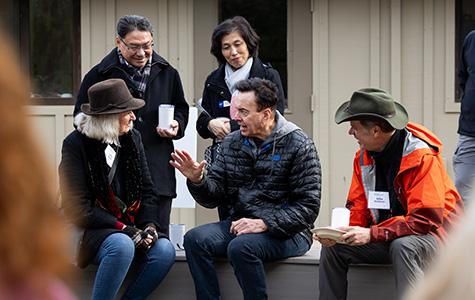
in discussion with guests at the opening of Federated Indians of
Graton Rancheria Learning Center.
With that shared purpose, the FIGR and the university have developed an evolving, meaningful partnership to improve access to the preserve and mark its place in the history of the region’s earliest residents.
The newly opened Federated Indians of Graton Rancheria Learning Center is named in recognition of the tribe’s $2.8-million gift, which doubled the teaching/learning facilities, made them more accessible, and added an outdoor Listening Area.
The additional space will accommodate more on-site programs, which benefited 1,100 K-12 students and teachers and 3,500 total visitors in 2023. About 85 SSU students and community members are trained at FOP each year to lead educational tours and workshops, including those in Student Naturalist internships.
“The Center is our heart; it’s what connects us all,” said Chloe Winsemius, Preserve Education Assistant and Naturalist tour leader.
“We are excited to imagine how this space will inspire people to form more connections with nature, and with each other,” said Claudia Luke, Director of the Center for Environmental Inquiry, which oversees outreach, research, and education at FOP and two other preserves and gardens.
The new circular Listening Area reflects CEI’s value and practice of bringing together different cultures, disciplines, and generations to address community environmental priorities. Recent collaborations have focused on wildfire mitigation, air and water quality, biodiversity, and habitat restoration.
“Looking at challenges from diverse perspectives sparks innovation. We need new ways of thinking and doing to address environmental challenges and to find healing in ourselves and our communities,” Luke said.
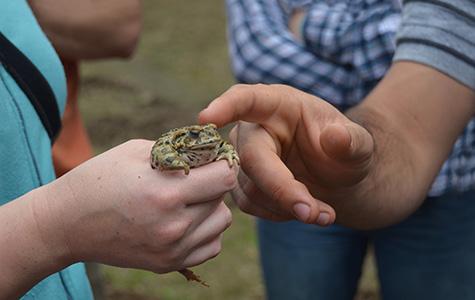
Curing the ‘nature deficit’ and climate anxiety
“Bringing people to the preserve is key to reducing the ‘nature deficit’ affecting so many in our community, especially children,” said Thompson, who added that many student groups come from urban or disadvantaged places where they have little or no access to nature.
“Many students are afraid because so much at the preserve is so new to them. But by the end of their visit, what we hear is ‘Can I stay? Can I come back tomorrow? Can I live here?’”
– Chloe Winsemius
Melia Zimmerman, who has interned for both the CEI Naturalist and Land Management programs, said spending time in nature makes her less anxious about the future.
“Climate anxiety is real for me and other members of the younger generations,” she said. But every single time I went to the preserve, I felt calmer because I knew I could contribute and have an impact here – even if I couldn’t control everything, everywhere.”
Luke said that the ultimate goal is to ensure every SSU student has an unforgettable experience in the environment before they graduate.
Thompson said she shares that message and encourages everyone she knows to visit Fairfield Osborn Preserve, “truly the greatest asset Sonoma State has.”
- Janet Durkin



